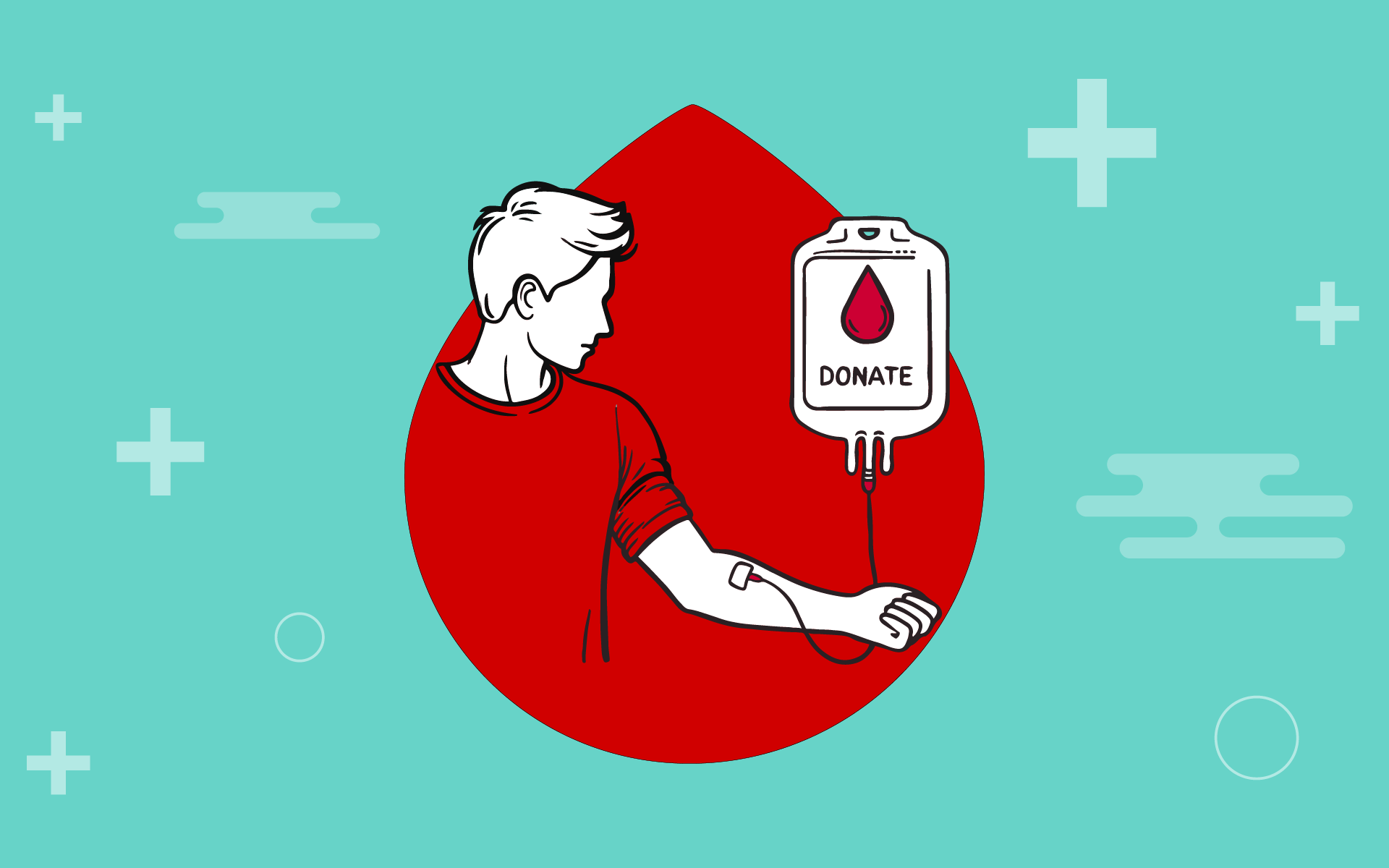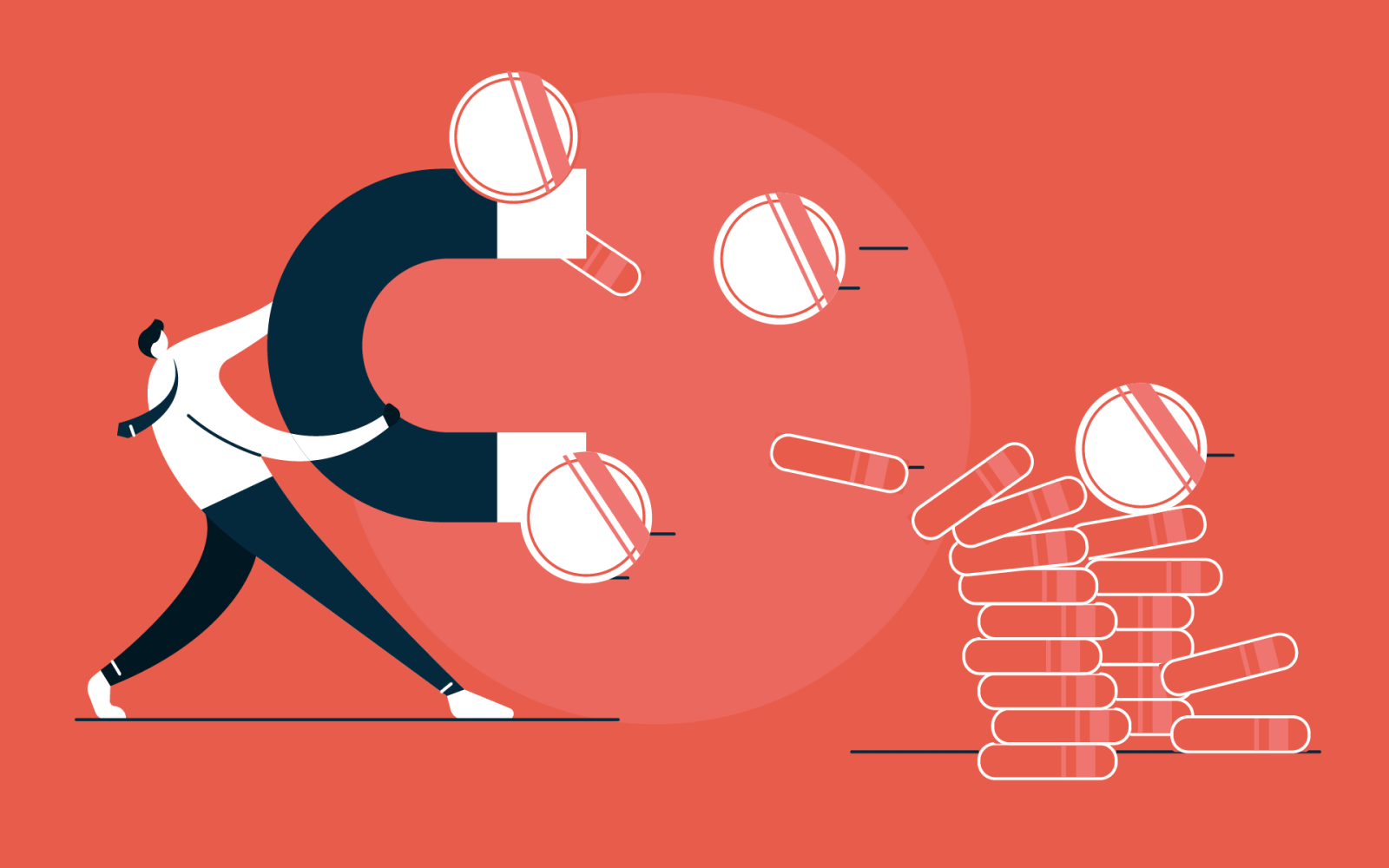Cheers to the ‘can of the best’ that saved my daughter’s life

Bound by blood, I give freely of mine in thanks.
I take my seat in the La-Z-Boy and roll up my sleeve. Zainab plunges a needle into my flesh. I sit back and watch my blood travel through a pipe and into a machine.
I’m in a room at the Western Cape Blood Services. It’s filled with the good-natured chatter of the phlebotomists — the people who stick needles into donors’ arms — and the whirring of the machine that separates my blood into plasma and platelets for patients in need, then returns the red cells to me.
I’ve been coming here every month or so for the last decade, because I’m wildly grateful. I always had good intentions of becoming a blood donor, but never got around to it.
Ten years ago, my daughter, Rachel, who was then 6, was diagnosed with a rare bone-marrow-failure condition called pure red cell aplasia (PRCA).
Her bone marrow had gone on strike and wasn’t making red blood cells. When her red blood levels fell dangerously low, her lips turned blue, her skin became translucent, and her heart beat like a machine gun in her chest. She didn’t eat and didn’t sleep. She lay in a listless heap on the floor.
We would rush her to the Red Cross Children’s Hospital for a “can of the best” — that’s what her remarkable doctor, Marc Hendricks, called a blood transfusion.
After a transfusion, Rachel was full of beans. It was like a switch had been flipped. Colour returned to her cheeks. She suddenly became alive, jumping on the trampoline, riding her bicycle, and defending her title in the world monkey bar championships.
She became the child she deserved to be, until her red blood cells dipped again, and she needed another can of the best.
These transfusions kept her alive. I often wondered what would have happened if we had rushed her to the Red Cross Hospital for an emergency transfusion, and there wasn’t blood for her.
What would have happened if the donor had good intentions to donate but didn’t get around to it? In other words, what would have happened if the donor was me?
My gratitude to the donors who share this wonderful life-saving resource we have in our veins transformed me from someone with well-meaning intentions to someone who rocks up and rolls up his sleeves.
Good intentions are well and good, but they won’t raise a flagging haemoglobin and keep a little girl alive.
After a couple of years of donating red blood, I was recruited to become a plasma donor.
The plasma process, longer than a regular donation, takes about two hours from when you’re connected to the machine to when the needle is removed from your arm.
When I went for my first donation, I was asked if I needed to go to the toilet. I shook my head and settled into the La-Z-Boy.
With about an hour and a half to go, I realised that thanks to the two cups of pre-donation coffee, I was in trouble. Serious, serious trouble. Sweat dripped like bullets from my face, but somehow I survived.
That’s when I learnt a vital life lesson: never pass up an opportunity to go to the toilet.
The day Zainab plunged the needle into my arm was my 72nd donation. It was also a week after James Harrison died. He was the Man with the Golden Arm, an 88-year-old Australian whose blood contained Anti-D, a rare antibody which is used to make medication given to pregnant mothers whose blood is at risk of attacking their unborn babies.
James also became a donor out of gratitude. As a teen, James needed surgery and blood transfusions. Wanting to give back, he began to donate his blood in 1954 when he was 18.
For the next 63 years, he donated his golden plasma every three weeks. When he rolled up his sleeve for the last time at the age of 81, he had notched up 1 173 donations.
James’s special blood saved over two million babies. He was showered with gratitude, including from his daughter, who was also a recipient of the anti-D injection.
Gratitude begets gratitude.
After about 100 blood transfusions, Rachel had a successful bone marrow transplant. She’s no longer the monkey bar world champion, but she’s a healthy 16-year-old pro TikToker with red lips and pink cheeks, thanks to all the blood donors who roll up their sleeves when it matters.




